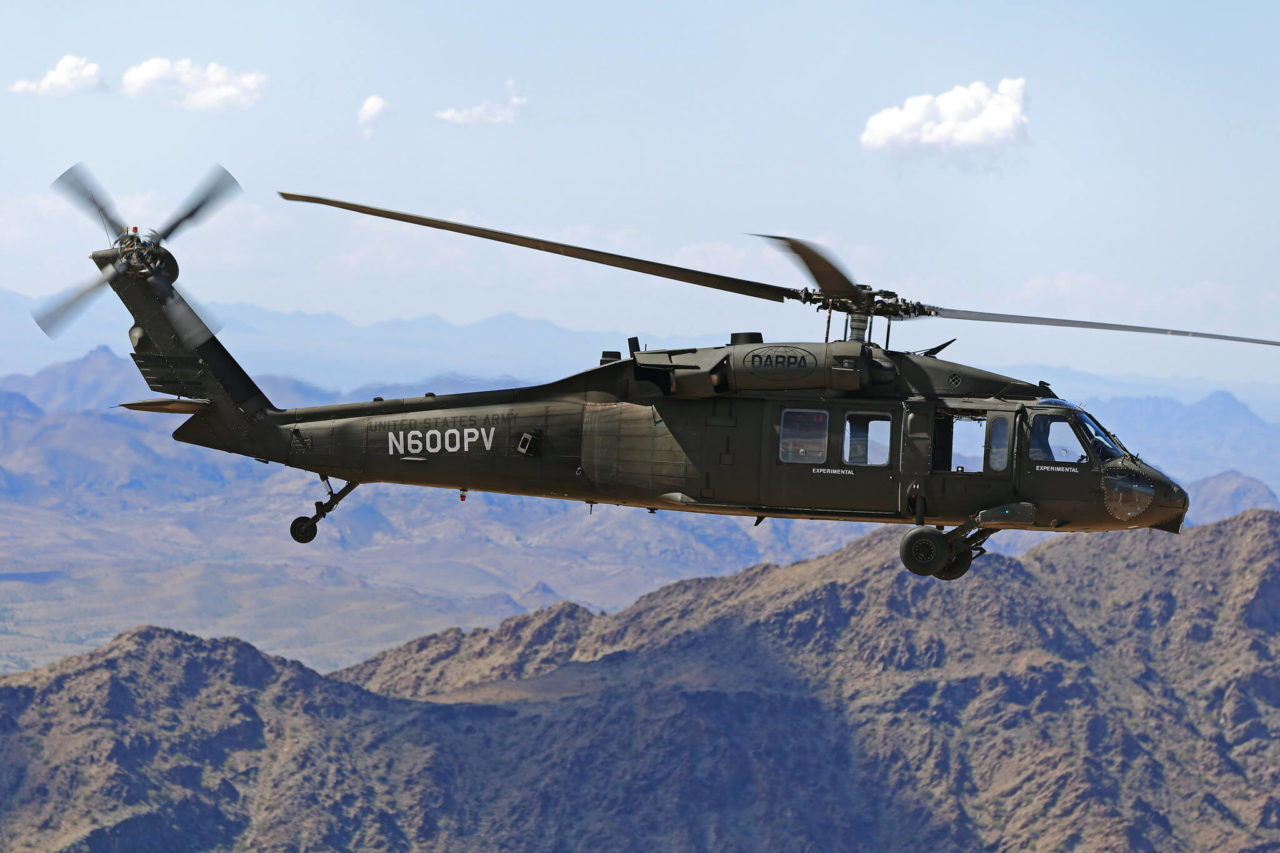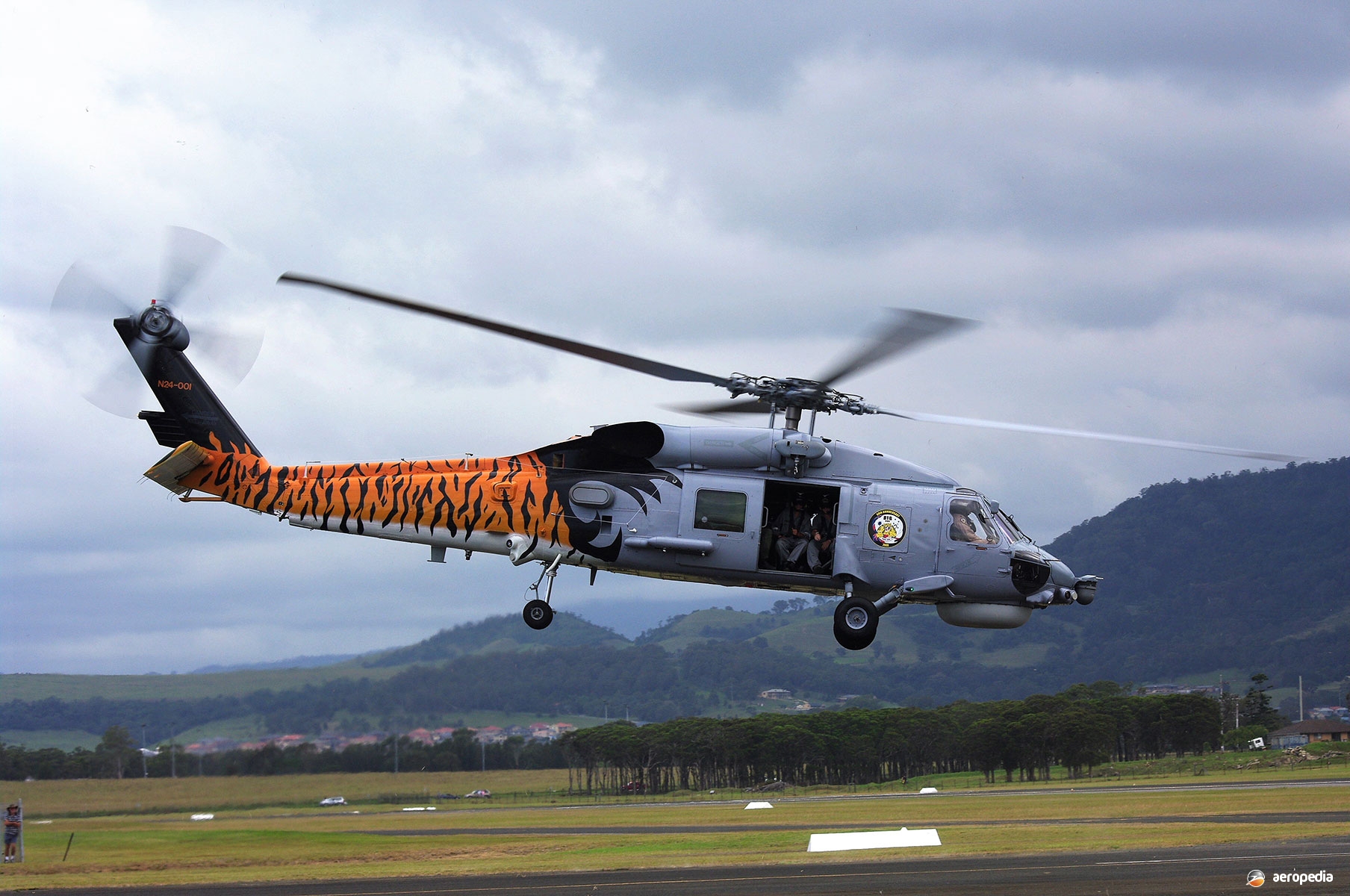Inside the Sikorsky S 70: What Sets This Helicopter Apart from Its Competitors
High-Performance Multi-Role Rotorcraft Featuring Advanced Cockpit Technologies and Integrated Sensing Unit Systems
The realm of rotorcraft innovation has seen remarkable advancements in current times, especially in the world of high-performance multi-role rotorcraft equipped with innovative cockpit innovations and effortlessly integrated sensing unit systems. These advancements have not just increased the functional abilities of rotorcraft however have additionally dramatically influenced modern-day aeronautics procedures on different fronts. From improved mission flexibility to improved operational efficiency, the merging of advanced cockpit technologies and incorporated sensor systems has introduced a brand-new age of possibilities for rotorcraft applications. In the following conversation, we will certainly explore the advancement of rotorcraft modern technology, dig into the world of sophisticated cockpit technologies, and take a look at the ramifications of incorporated sensor systems on the operational flexibility and effectiveness of modern rotorcraft.
Advancement of Rotorcraft Innovation
The evolution of rotorcraft technology has been noted by substantial advancements in the rules of aerodynamics, products, and propulsion systems, forming the capacities and efficiency of modern-day rotorcraft. Furthermore, improvements in propulsion systems, consisting of much more effective engines and ingenious propulsion modern technologies, have made it possible for rotorcraft to attain greater elevations, faster rates, and better hauls.
These developments have not only transformed the capabilities of rotorcraft yet have actually additionally increased their applications across various industries, including army, business, and emergency services. The continuous evolution of rotorcraft modern technology proceeds to drive advancement in the field, pushing the borders of what is possible and shaping the future of upright flight.
Advanced Cockpit Innovations
Building upon the fundamental improvements in aerodynamics, products, and propulsion systems, the world of rotorcraft innovation now shifts emphasis towards introducing Advanced Cockpit Innovations. The combination of cutting-edge technologies within the cabin environment plays a vital function in improving the operational capabilities, safety, and effectiveness of modern rotorcraft. sikorsky s 70. Advanced Cockpit Innovations encompass a broad variety of attributes created to supply pilots with boosted situational recognition, structured data administration, and intuitive control interfaces
Among the crucial developments in cabin style is the implementation of glass cabins, which change conventional analog determines with high-resolution screens. These electronic systems offer adjustable layouts, real-time information assimilation, and improved readability, enabling pilots to access critical information at a glimpse. Advanced avionics systems, such as fly-by-wire controls and boosted reality displays, are transforming exactly how pilots interact with the aircraft, allowing for precise control and improved decision-making capacities.


Incorporating advanced cabin technologies not only enhances pilot efficiency yet likewise adds to total mission performance and security in complex functional atmospheres. By leveraging cutting edge technologies within the cabin, rotorcraft manufacturers are establishing new standards for functional quality and objective success.
Integrated Sensor Solutions
With the evolution of rotorcraft technology, the integration of innovative Integrated Sensor Equipment has ended up being vital in enhancing functional effectiveness and security. These Integrated Sensing unit Solutions incorporate a large variety of technologies that supply crucial data for various functions such as navigating, surveillance, targeting, and ecological surveillance. By effortlessly incorporating sensors like radars, cams, lidar, and infrared systems right into rotorcraft, operators can gain from boosted situational awareness, improved mission capabilities, and lowered pilot workload.
One trick advantage of Integrated Sensing unit Equipments is their ability to gather real-time information and give actionable insights to pilots and mission drivers. Advanced radar systems can Clicking Here spot and track targets over long distances, allowing for very early threat detection and effective response preparation. In addition, integrating infrared and electro-optical video cameras enables rotorcraft to carry out reconnaissance and security missions with precision and precision.
In significance, the combination of advanced sensor modern technologies into rotorcraft not only improves functional effectiveness yet also contributes significantly to overall mission success and crew safety. As rotorcraft remain to progress, the duty of Integrated Sensing unit Systems will undoubtedly remain at the leading edge of development in the aerospace market.
Functional Convenience and Effectiveness
Enhancing functional convenience and efficiency in rotorcraft is an all-natural progression from the combination of innovative Integrated Sensor Systems. By leveraging the insights and data given by these cutting-edge sensing unit systems, rotorcraft can maximize their efficiency across different goals and settings.
Functional convenience includes the ability of rotorcraft to adjust to various functions and circumstances efficiently. With sophisticated cabin technologies and integrated sensing unit systems, rotorcraft can seamlessly transition between jobs such as search and rescue, clinical discharge, surveillance, and much more. This convenience boosts the rotorcraft's capability to satisfy varied functional requirements without needing extensive reconfiguration.
Performance in rotorcraft operations is vital for making the most of goal efficiency and source usage. Integrated sensing unit systems play a critical duty in boosting functional performance by supplying real-time data on climate condition, surface mapping, target monitoring, and extra. This information makes it possible for pilots to make educated choices swiftly, optimize flight courses, conserve gas, and improve total objective performance.
Influence On Modern Aeronautics Workflow

Furthermore, the combination of advanced sensors facilitates boosted mission preparation and implementation, making it possible for rotorcraft to do a large range of jobs with improved precision. From search and rescue procedures to aerial firefighting and regulation enforcement objectives, the abilities of contemporary rotorcraft outfitted with innovative cockpit modern technologies and incorporated sensor systems are unparalleled.
Furthermore, the effect of these advancements expands beyond operational efficiency to cost-effectiveness and sustainability. By enhancing trip paths, fuel usage, and upkeep routines, high-performance rotorcraft equipped with sophisticated cabin innovations and sensing units add to reducing find operational prices and wikipedia reference environmental influence, making them vital assets in modern aeronautics procedures.
Conclusion
In final thought, the high-performance multi-role rotorcraft with advanced cabin technologies and integrated sensing unit systems represents a substantial advancement in aviation technology. These technologies improve operational flexibility and effectiveness, eventually impacting contemporary air travel procedures in a positive means. The combination of these advanced innovations permits boosted abilities and efficiency in various mission circumstances, showcasing the continued advancement of rotorcraft technology in the aeronautics sector.
The world of rotorcraft innovation has seen noteworthy advancements in current times, specifically in the world of high-performance multi-role rotorcraft equipped with innovative cabin innovations and perfectly incorporated sensor systems. From enhanced goal convenience to improved operational effectiveness, the convergence of advanced cabin technologies and integrated sensor systems has ushered in a brand-new age of opportunities for rotorcraft applications. In the adhering to conversation, we will discover the evolution of rotorcraft technology, dig right into the realm of advanced cockpit technologies, and check out the implications of integrated sensing unit systems on the functional flexibility and effectiveness of modern rotorcraft.
